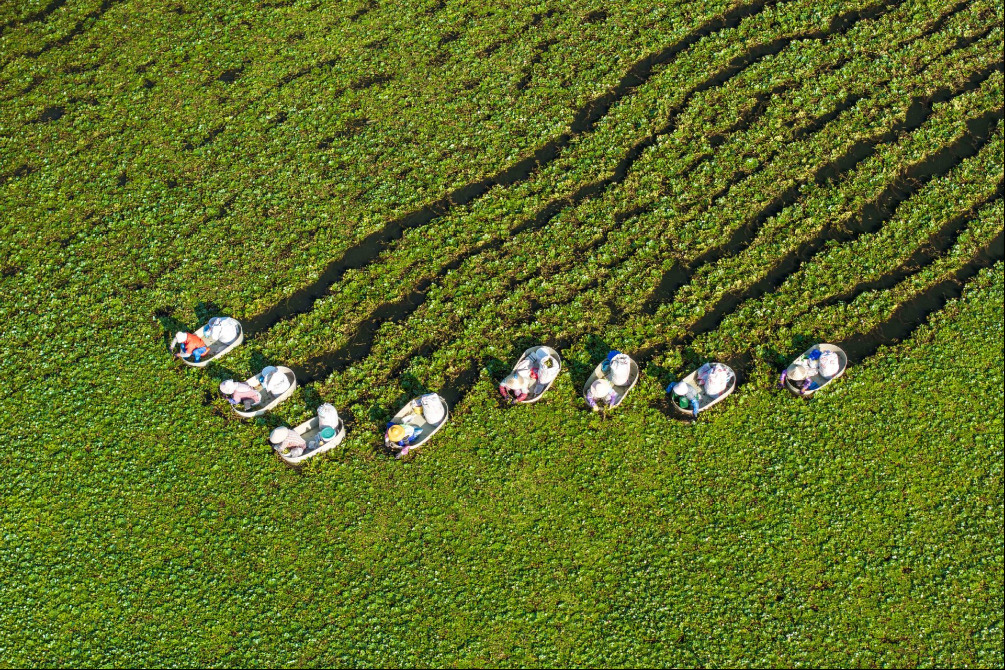China updates master plan for shelterbelt forest

The State Council, China's cabinet, has released an updated master plan to advance the Three-North Shelterbelt Forest Program, outlining measures for three phases of work extending to the middle of the century.
The updated plan places greater emphasis on enhancing the quality of the program, boosting industrial development, and benefiting people, according to a release from the State Council on Friday.
It aims to steadily improve the diversity, stability, and sustainability of ecosystems covered by the program, which spans 13 provincial regions, including Xinjiang Uygur and Ningxia Hui autonomous regions, and Shanxi and Shaanxi provinces.
In the years to come, through 2030, desertification control campaigns will be launched in key areas, including the U-shaped bend of the Yellow River and the outskirts of the Taklamakan Desert, the country's largest, it said.
The other two phases, which will last from 2031 to 2050, aim to consistently increase vegetation coverage in key areas and then generally improve the quality and stability of local ecosystems.
The plan specifies 23 tasks across five major domains, including ecological restoration, the development of specialty industries, and capacity building, it said.
China will promote the participation of diverse entities in advancing the program and engaging in its management. Aside from state-owned enterprises, private companies, non-profit organizations, and other entities will also be encouraged to undertake tasks under the ambitious program.
China launched the Three-North Shelterbelt Forest Program in 1978, with a planned duration of 73 years.
- China updates master plan for shelterbelt forest
- Chinese aircraft carrier's course 'in line with international law'
- China strengthens legal education with new legislation
- China's third aircraft carrier sails into South China Sea for tests
- National park law strengthens ecosystem protection
- Autumn sunset paints Inner Mongolia's grasslands gold




































